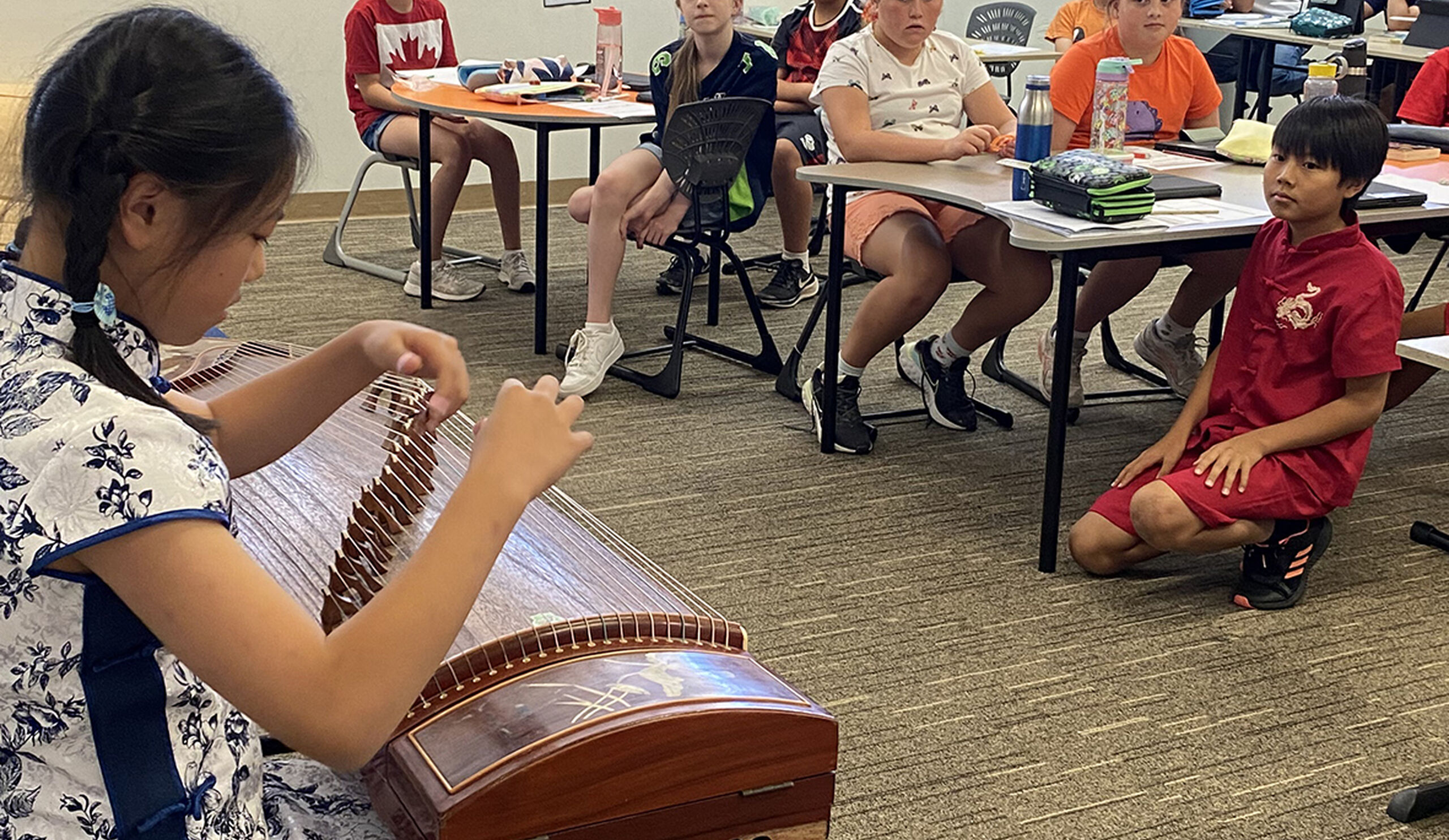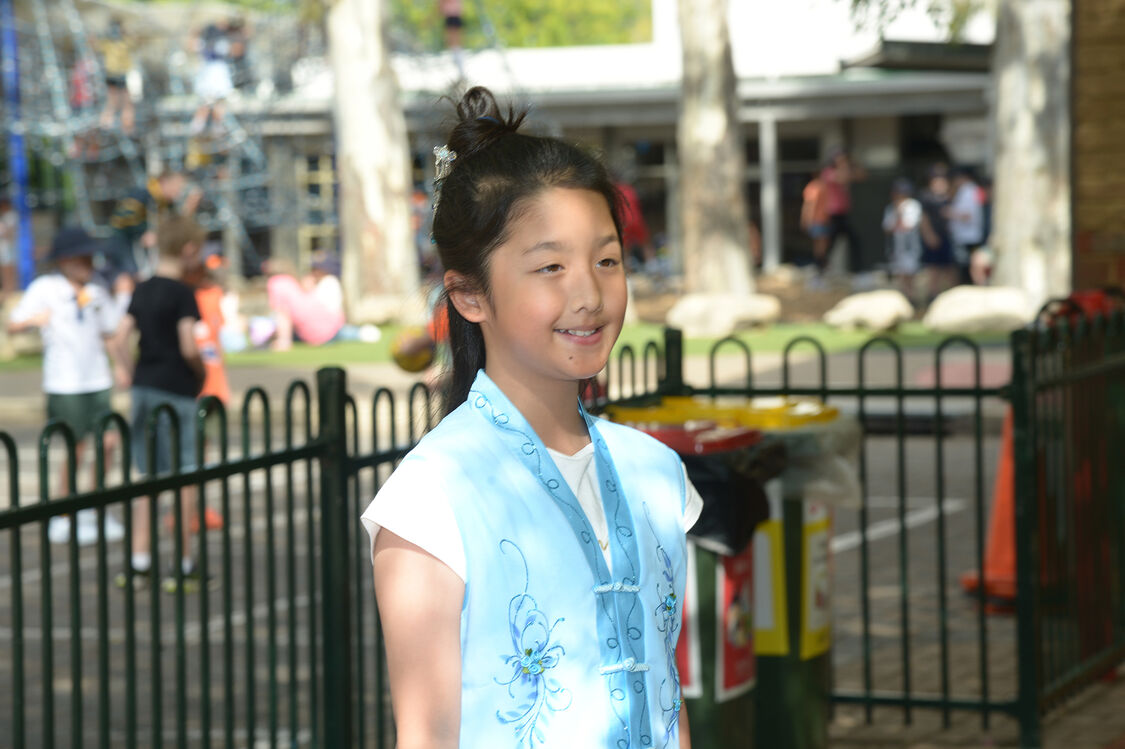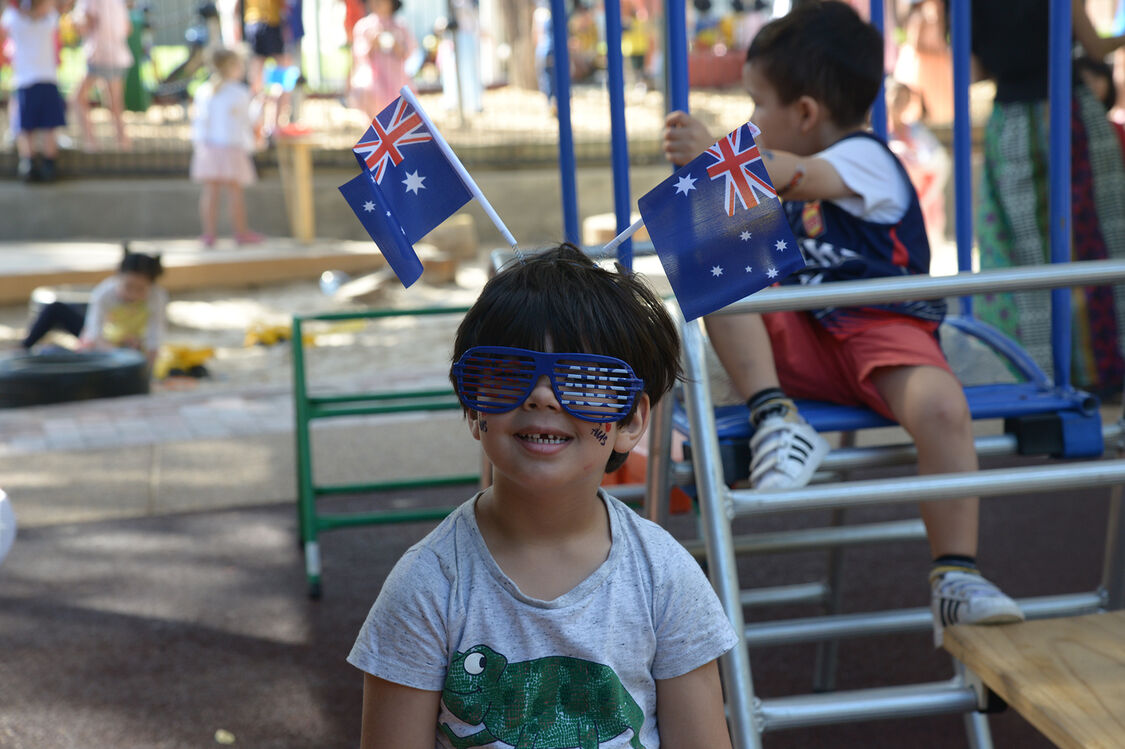28 June 2021
Underpinned by relationships of trust, it is the work of our teachers to create learning environments that reveal the rich diversity of our student body, and to use this to build unity.
Each year Harmony Day enables us to discover something new about our students, highlighting their insatiable quest for meaning and their emerging desire to understand themselves.
‘In Year 6 we were study­ing a How We Express Our­selves unit, so we asked our stu­dents to share a part of their cul­ture on Har­mo­ny Day that rep­re­sent­ed ​‘beau­ty’. We were exposed to an incred­i­ble col­lec­tion of mul­ti­cul­tur­al tra­di­tions alive in the homes of our stu­dents today. From tea drink­ing rit­u­als to water pup­pets and the most remark­able piece of music played on an ancient Chi­nese instru­ment called the guzheng, our stu­dents were awe-inspired dis­cov­er­ing one another’s unique cul­tur­al iden­ti­ties.’
Mr Fraz­er, Year 6 Teacher
Harmony Day is about inclusivity, respect and belonging for all, regardless of cultural or linguistic backgrounds. We choose to mark this occasion in the Junior School by inviting students to explore their connection with a country of their choice and come to School dressed in a national costume. We are aware that the request to wear a ‘national costume’ can be interpreted differently by families and we encourage creativity and individuality on this occasion. In our increasingly global society we are conscious that one child may identify with being ‘an Australian’ quite differently to another. Providing opportunities to discuss this, reveal perspectives, and respectfully wrestle with different thoughts and experiences energises connections.
The Year 5 teachers took the opportunity on Harmony Day to explore the linguistic systems that exist within the names of students in their classes. Some questions included: How does understanding someone’s name help us to understand their identity? Why do we abbreviate names so often in Australia? How does knowing how to say someone’s name correctly invite a sense of inclusion? What other language systems can we discover when we pay attention to the pronunciation and letter combinations of a name? What sounds exist in some languages but not in English?
Insightful discoveries were made when students dug deeply into the story of their names. Some stories were shared and others were questioned. A number of children felt that their names defined them, while others noted that their family names were changed over time due to migration, marriage laws, adoption, translations and family traditions.
‘Peo­ple find it hard to read my name because they see the first two let­ters and get con­fused. I think this is because we don’t see ​‘Ts’ at the start of a word in Eng­lish so peo­ple hes­i­tate and mis­pro­nounce it all the time. I cor­rect them. I like my last name because it comes from Greece, which is where my grand­fa­ther is from.’
Leo (Yr 5)
‘I felt proud teach­ing oth­ers about my fam­i­ly and my her­itage. It felt good being able to explain how to pro­nounce my name prop­er­ly and tell peo­ple what it actu­al­ly meant. I felt like they got to know and under­stand me bet­ter.’
Mia (Yr 5)
‘My name Zoe means ​“life” in Greek.
My mid­dle name is my grandma’s name. My grand­par­ents were born in Greece and when my grand­pa first trav­elled to Aus­tralia he was told to change his last name to Chap­ley. I think if some­one took my name away from me and told me to use anoth­er name I would feel emp­ty. I don’t think my grand­fa­ther felt good about it but he did it. I think know­ing this sto­ry has made me con­nect with my grand­par­ents more and feel con­fi­dent about my her­itage. My grand­fa­ther sac­ri­ficed lots of things to move to Aus­tralia, even his name.
I think it is amaz­ing how my grand­par­ents pushed through so much and even­tu­al­ly ran a super­mar­ket. I am proud of my Yayai and Papau.’
Zoe (Yr 5)
Exploring names, rituals and costumes is a joy. Paying attention, imagining, listening and respecting is what enables us to become better, together. These are the cornerstones of international-mindedness.
Belinda Reitstätter
Assistant Head of Junior School (Teaching & Learning)





